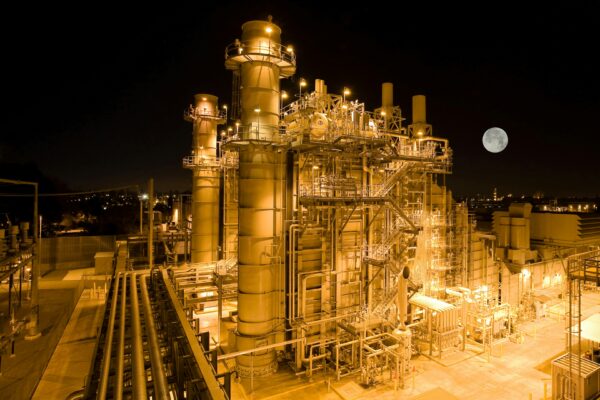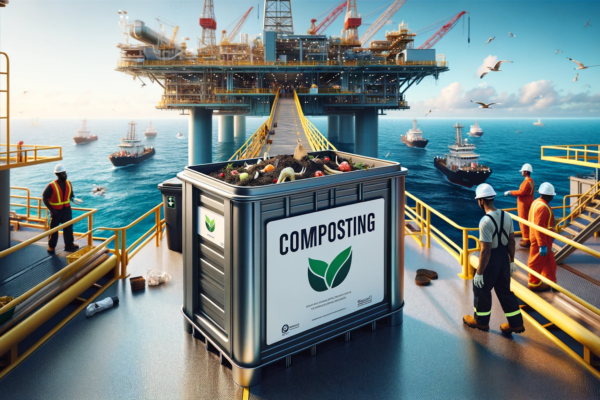Corporate Composting – The Zero Waste Initiative That Takes the Cake
Zero Waste and Carbon Reduction
As we head into the new year, zero waste initiatives, carbon reduction strategies, SEC enforced ESG disclosures, and the Inflation Reduction Act are the name of the game for corporations. The pressure is on to quickly identify and implement solutions, practices, and corporate policy to reach net zero carbon emissions in the next several decades. The problem is, which carbon reduction strategies are the most impactful for the environment and the bottom line? Between business operations, manufacturing, supply chains, and so on, it can be difficult to filter out the noise and focus on priorities that matter.
Landfill Emissions
For companies stepping into the wild west of Zero Waste, here are the facts (Source: EPA).
- Of all the waste sent to landfills in the US; 21.6% is food waste; 23.1% is paper & cardboard, 12.1% is yard waste, and 6.2% is wood.
- This means that 63% of all the waste we send to our landfills is biologically based, compostable materials.
- The remaining 37% consists of non-compostable material like; textiles, rubber, leather, plastics, glass metals, and others.
- Only about 4% of the compostable material is diverted from landfill, composted, and returned to our soils for regeneration.
- Once in landfill, compostable waste breaks down anaerobically, generating 15% of all human-caused methane gas. Landfills are the 3rd most abundant source of human-caused methane after the oil & gas industry and animal agriculture.
Trucking Emissions
Surprisingly, landfill methane only represents a portion of the Greenhouse Gas (GHG) emissions created by our current waste management infrastructure. The next largest contributor to GHG are garbage trucks. Garbage trucks are considered a “heavy-duty” vehicle, which represents just 4% of the total vehicles on the road. However, while averaging just 2.5 MPG, these vehicles consume over 20% of all transportation-related fuel, and generate 25% of all transportation-related carbon emissions.
Waste Collection Costs
We must also consider the financial cost of both waste transportation and landfilling. The North American Waste Management Industry alone has a market size of 209 billion USD, with a notable CAGR of 5.3% through 2027. Increasing population, increasing per capita consumption, China’s ban on recyclables, and rising fuel costs are just a few of the drivers behind this industry’s growth. So what does this mean for consumers? Stuck in this indefinite waste collection subscription model, the consumer is at the mercy of the waste hauler.
Waste Management companies maintain and improve their margins by implementing a variety of surcharges for fuel, landfill disposal costs, environmental costs, and more. This allows waste management to toggle a number of levers and, ultimately, glide through inflationary environments. Meanwhile, consumers, who have no other option but to contract with a waste hauler, bear the brunt of waste management’s increase in operational expenses. The latest Consumer Price Index (CPI) data shows that garbage collection increased 1.74%, compared to the average CPI increase of .4% for September.
Corporate Composting
This is where the BioSpeed Composting Technology comes in. By now, we understand that the single largest waste stream is comprised of compostable material. When this material is managed by collection companies, vast amounts of GHG are emitted through trucking and landfilling. Ultimately, the consumer pays the price for an inflationary environment. Try a quick Google Search for price increases in your state and you will be alarmed at the hikes in 2022.
By internalizing their compostable waste and integrating the BioSpeed Composting technology, businesses can take the single largest step towards their Zero Waste goals. Check out the video below for an introduction to the BioSpeed Composting Technology and the benefits it will provide your business and the environment.
https://www.youtube.com/watch?v=zC0yb7U-X3U&t=6s


